- About us
- Support the Gallery
- Venue hire
- Publications
- Research library
- Organisation chart
- Employment
- Contact us
- Make a booking
- Onsite programs
- Online programs
- School visit information
- Learning resources
- Little Darlings
- Professional learning
Marjorie Cotton Isherwood (1913–2003) was the first professionally qualified children's librarian in New South Wales and many of her initiatives continue today. At that time there were very few facilities designed for children in libraries. Having spent ten years as a teacher in South Australia, Cotton worked at Ku-ring-gai Municipal Library, scouring second-hand bookshops to build the collection, introducing weekly story time, liaising with schools, and stocking titles for children in languages other than English. She set up a special Central Children's Library in Newcastle, and while based in Randwick from 1953 to 1960 set up a Bookmobile that operated from a grandstand at Kensington Oval. Cotton was the first President of the Children's Libraries Section of the Library Association of Australia. The Marjorie Cotton Award for Children's Librarianship was established in the late 1980s to recognise contributions to public librarianship.
Artist Jean Isherwood was the cousin of Marjorie Cotton's husband, Sid Isherwood; Jean painted both him and Marjorie. This portrait may have been painted at Woollahra Library, where Cotton worked from 1959 to 1968. As she recalled: 'The beautiful setting, in a harbourside garden, created a friendly intimacy of readers and staff, parents and children … doors were never closed until the children’s needs were satisfied.'
Gift of Marjorie Cotton Isherwood 2002
Marjorie Cotton Isherwood (1 portrait)
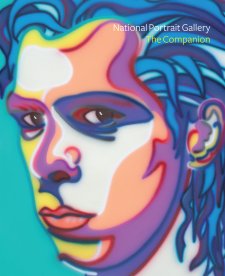
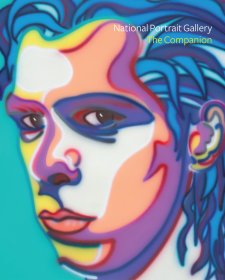

On one level The Companion talks about the most famous and frontline Australians, but on another it tells us about ourselves.
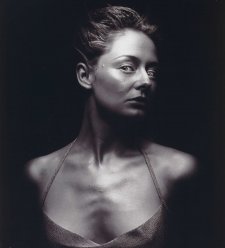
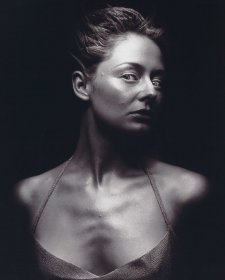
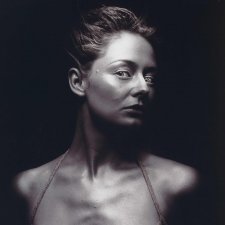
Eye to Eye is a summer Portrait Gallery Collection remix arranged by degree of eye contact – from turned away with eyes closed all the way through to right-back-at-you – as we explore artists’ and subjects’ choices around the direction of the gaze.
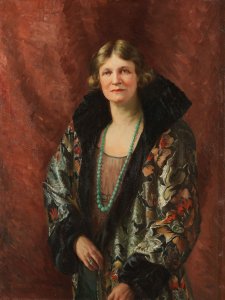
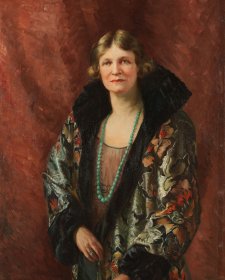
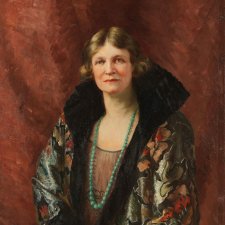
First Ladies profiles women who have achieved noteworthy firsts over the past 100 years.